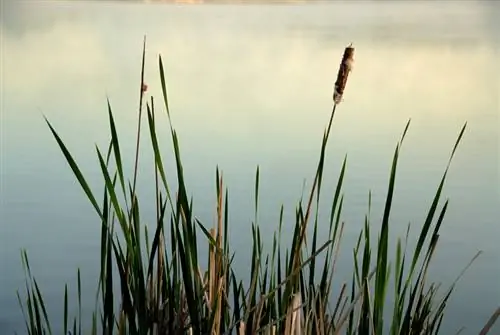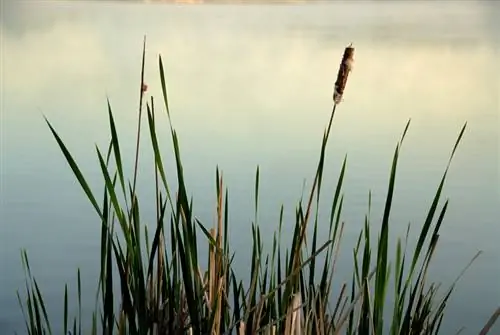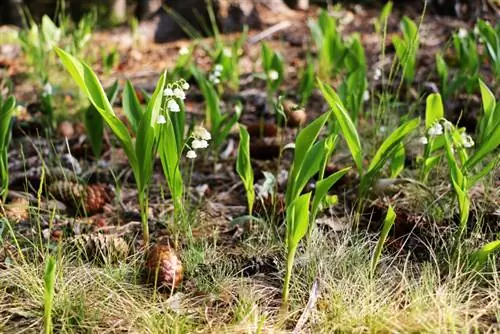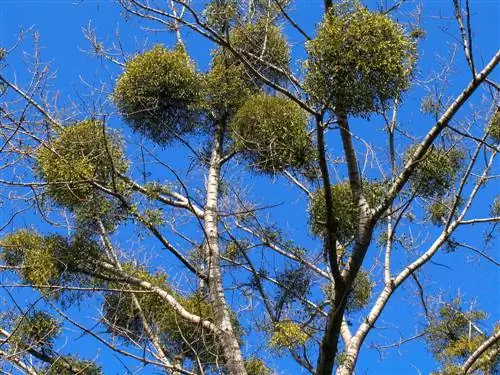- Author admin [email protected].
- Public 2023-12-16 16:46.
- Last modified 2025-01-23 11:20.
The cattail, which is often referred to as lamp cleaner or cannon cleaner due to its striking inflorescences, is native to many bodies of water in nature. Its decorative appearance and other positive properties also make the plant a valued species for the pond in the garden.

Are cattails protected?
Although cattails (also known as pennatum or cannon cleaner) are often referred to as a protected plant, widespread subspecies such as the broad-leaved cattail (Typha latifolia) and the narrow-leaved cattail (Typha angustifolia) are not protected by law in many areas. Exceptions may apply for regionally distributed subspecies or in certain protected areas.
Is the cattail protected?
It is often wrongly claimed that the cattail is generally under strict conservation protection. However, this statement is untrue because, for example, widespread subspecies such as the broad-leaved cattail (Typha latifolia) and the narrow-leaved cattail (Typha angustifolia) are resident in many areas and are not subject to any special protection by the law. Exceptions to this are possible for subspecies with an exclusively regional distribution, as well as in some Austrian federal states. In addition, plants may only be taken in small quantities and for personal use from areas that are not part of special protection areas.
Cutting the cobs for decoration purposes
The different species of pennisetum also spread via the small seeds with hairy threads. However, the cattail is relatively faithful to its location and colonizes its respective location in the swamp area within a few years through the spread of the rhizomes in the muddy subsoil. That's why it doesn't necessarily do much harm to a cattail population if you remove and dry some of the decorative inflorescences for decorative purposes. Please note, however, that you may sometimes have to ask the owner of the respective property for permission.
Clearing operations for nature conservation reasons
In private garden ponds, the cattail is used to combat strong algae growth, as it is a strong nutrient consumer and therefore has a water-clarifying effect. In some locations, the cattail can also become a pest for the following reasons:
- it crowds out other plants
- Provides strong shading of the bank areas
- can promote the silting up of aquatic biotopes
Therefore, when there is a threat of cattail overgrowth, some ponds are “cleaned” of cattails using strenuous clearing operations. To do this, the rhizomes are removed from the swampy subsoil as completely as possible. This is often not completely possible and small parts of the rhizome underground can be the starting point for new expansion.
Tip
The decorative lamp cleaners are usually found in nature in biotopes and in lakeshore areas. Most cattail species are not legally protected, but in many bird and nature reserves there may be seasonal entry bans and other restrictions due to breeding seasons.






